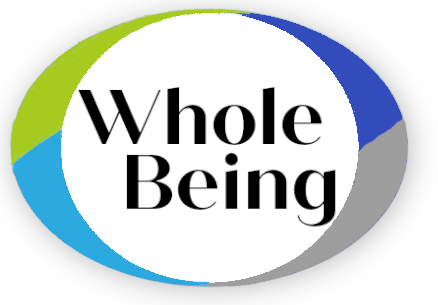September is National Drug-Free Pain Management Awareness Month. This month-long awareness campaign was created to help fight back against the nationwide opioid crisis. The goal is to raise awareness of nonpharmacological pain management tools like chiropractic care that can help, instead of prescription painkillers.
Since the 1990s, when rates of painkiller prescriptions soared, the opioid crisis has been mounting. Now, it is a significant health crisis that can affect nearly every American. No one is immune to this issue. This crisis may influence you in one of these ways.
1. You may lose someone you love. In 2017, more than 47,000 Americans died as a result of an opioid overdose. Too many people are suffering from the loss of loved ones who suffered from opioid addiction issues.
2. You may develop an addiction. If you receive a prescription for opioids, the powerfully addictive nature of the drugs may cause you to abuse it. Nearly 21- 29% of patients prescribed an opioid for chronic pain will begin to misuse the drugs. This misuse often leads to more substantial drug use, including heroin, cocaine and other street drugs.
3. A baby you know may be born with neonatal abstinence syndrome. The rates of children born suffering from opioid withdrawal have steadily climbed. Nearly 32,000 children were born with this syndrome in 2004. That’s almost one baby every 15 minutes. This issue costs our nation $563 million in treatment costs, as well as causing significant harm to the most vulnerable members of our society.
4. Your teen may develop a substance abuse disorder. The opioid crisis increasingly harms injured teen athletes. Many athletes who have been prescribed a painkiller begin to abuse the drug. The University of Michigan found that 11% of high school athletes had used a narcotic pain reliever or opioid for non-medical purposes. That means that nearly 1 in 9 students has abused a prescription to get high.
5. Your healthcare needs may be restricted. The opioid crisis costs our nation $78.5 billion in healthcare, law enforcement and lost productivity in 2015. As this crisis grows, more money will have to be spent to combat this issue, leaving other vital healthcare services in the lurch. Medical research and training which could be devoted to other health care issues, must be used to study the effects of this crisis.
There are so many ways we are all affected by the opioid crisis. These are only a few of the most prominent. As a nation, we need to start taking action to fight against this issue and look for healthier ways to deal with pain. That’s why National Drug-Free Pain Awareness Month is so important. This campaign was created to raise awareness of drug-free pain management, like chiropractic care. We have three free toolkits available for download, full of information to share with others about the dangers of opioids and the benefits of chiropractic care. Do your part to fight back against the opioid crisis by advocating for chiropractic care and sharing your positive experiences with it!





